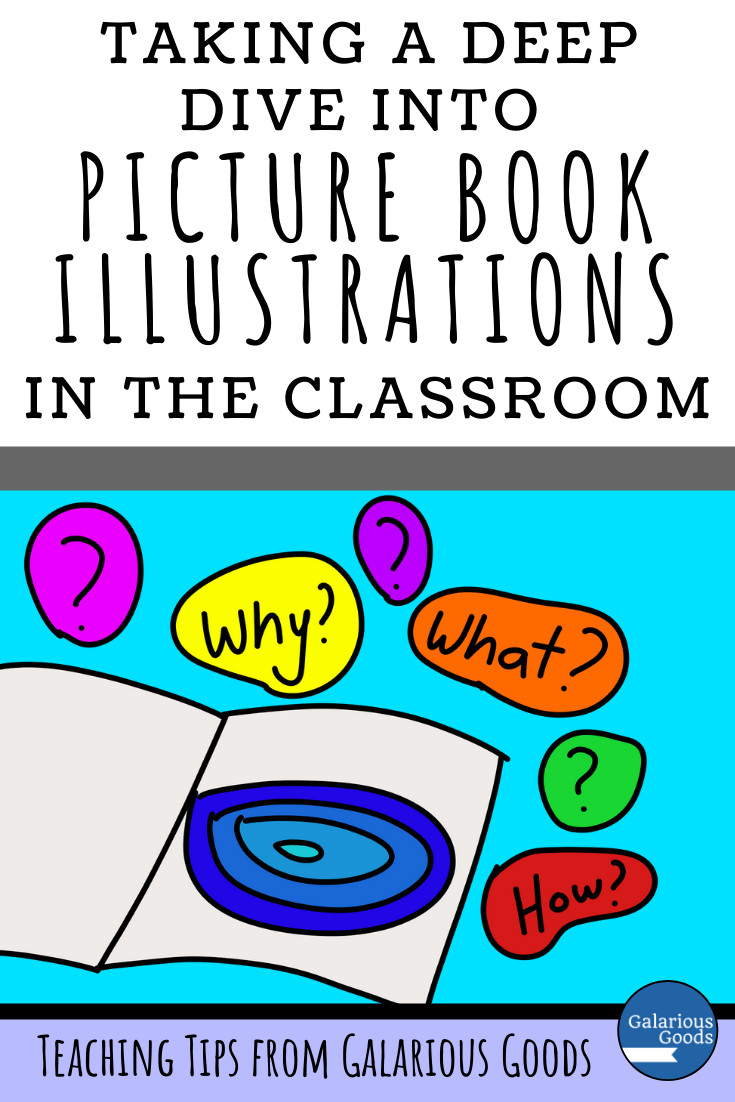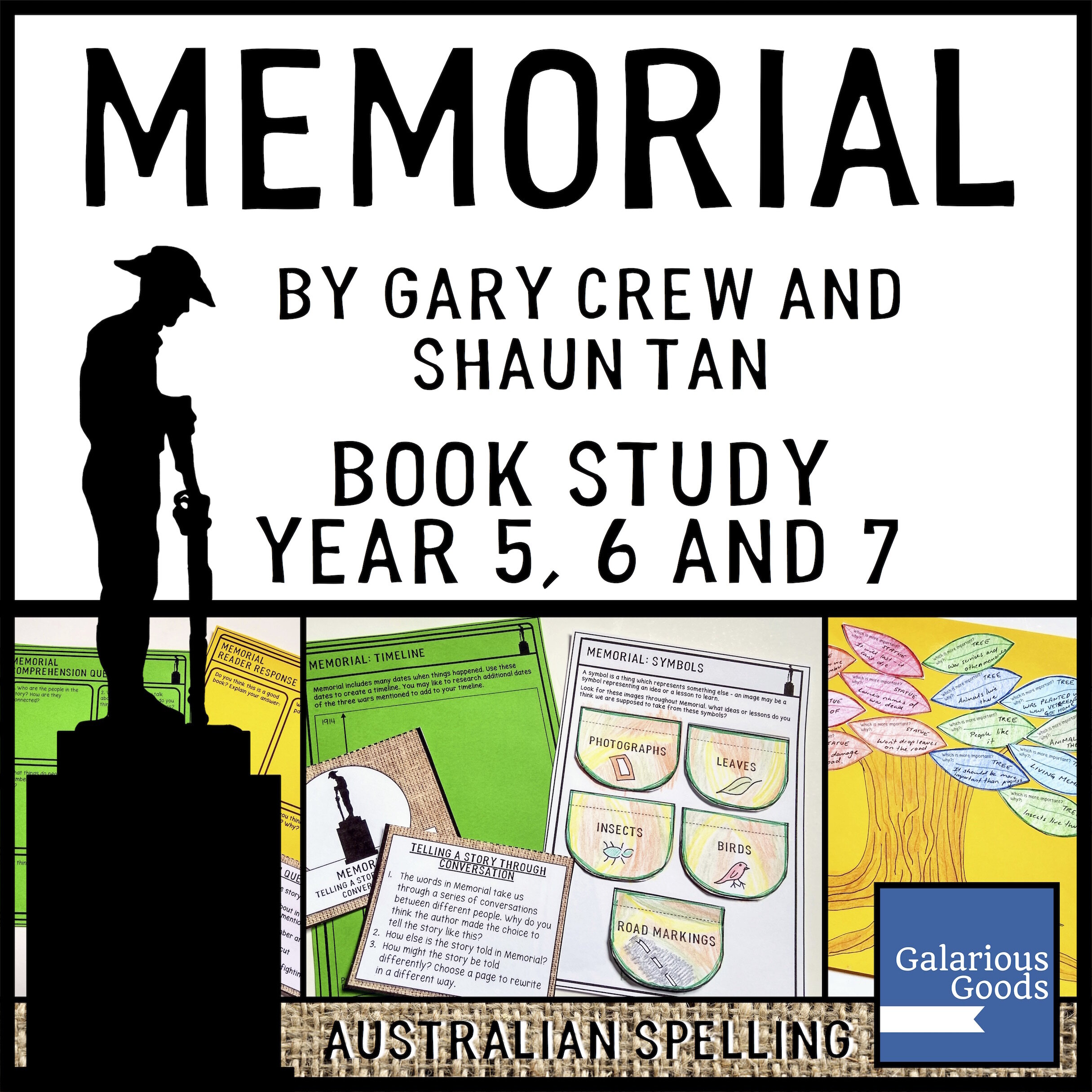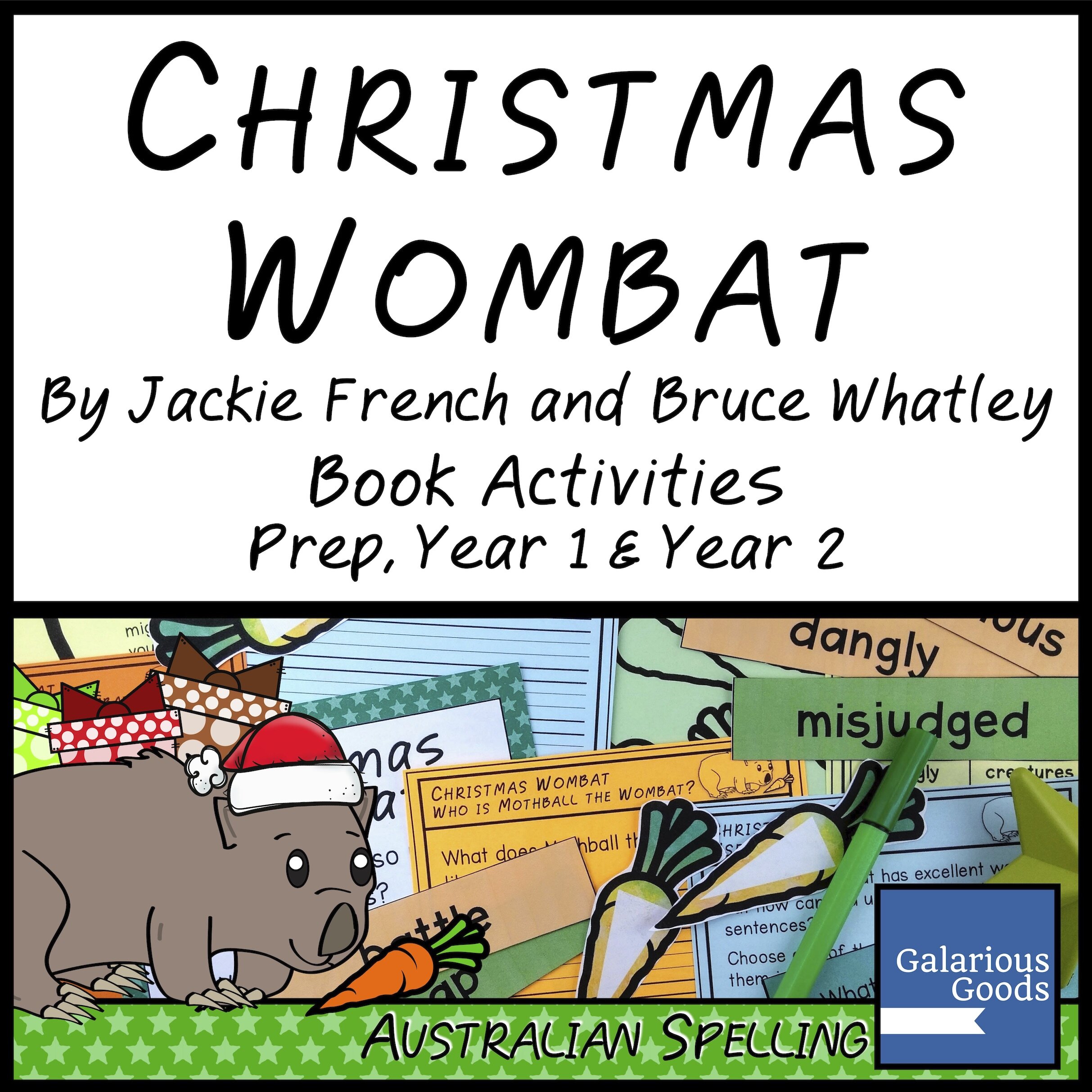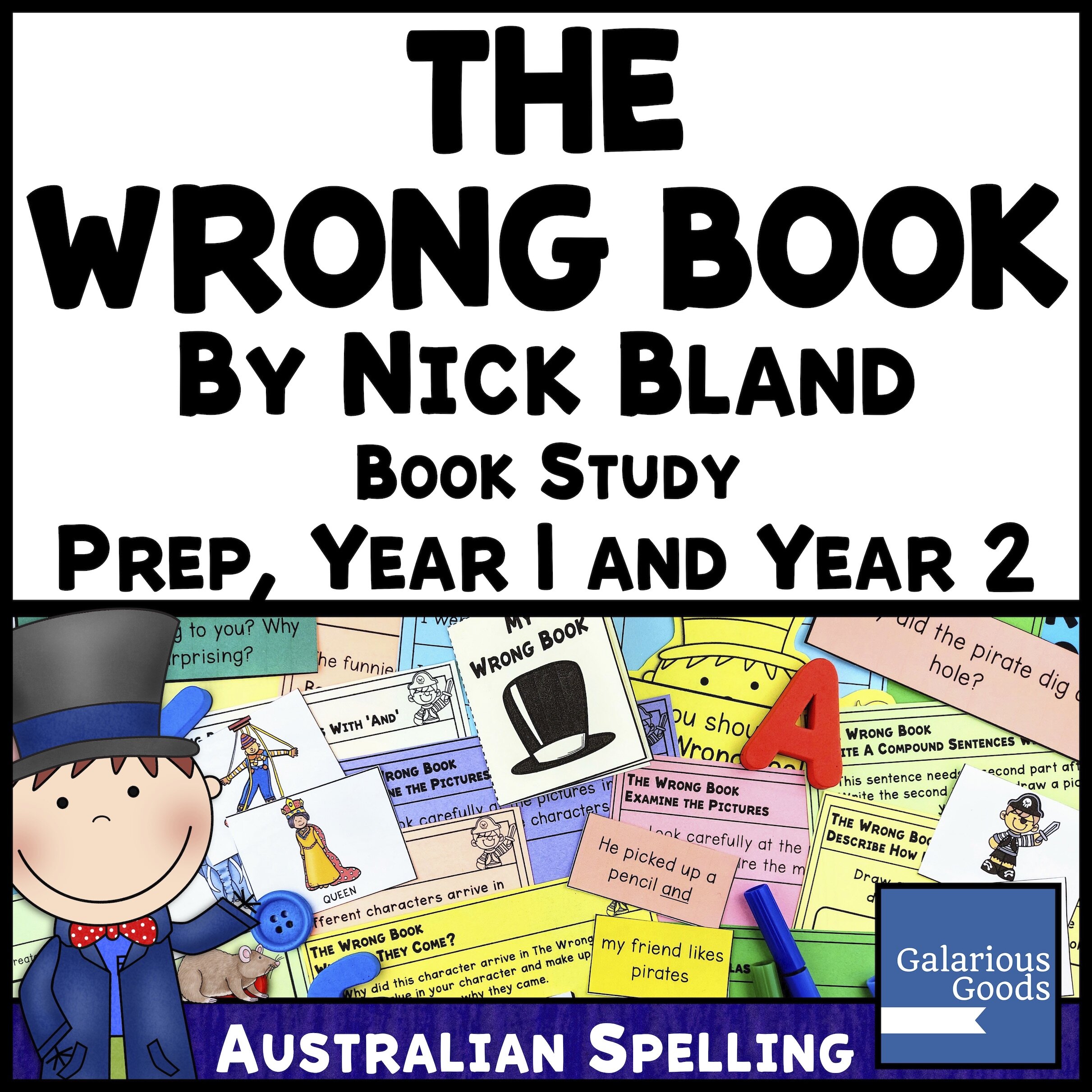Taking a Deep Dive Into Picture Book Illustrations in the Classroom
/One of the benefits of using picture books in the classroom, including middle grades classrooms, is developing visual literacy. But how can we make sure we’re doing this effectively?
The Importance of Visual Literacy
Visual literacy is the ability to understand and make meaning from information which is presented in the form of an image. We use simple visual literacy every day as adults - from the signs we use when we’re driving, to the icons on our phones. Visual literacy gets more complicated, however, when we look at artworks, media photography, social media images and advertising.
When we look at old newspapers, it’s not uncommon to see a full page of text. These days, front pages are more likely to be a combination of images and headlines, with very little news story text. Social media prioritises images over text, especially on those platforms built on images such as instagram. And advertising is using more and more complicated imagery to reach customers. Understanding what pictures are trying to say to us allows our students to be better readers and more thoughtful participants in the world as they grow older.
Telling the Story Through Illustrations
Picture books are a great way to teach visual literacy because they ask students to take a closer look at a text form which is already familiar to them. Most children are exposed to picture books before they learn to read, so they’re used to examining the pictures, ‘reading’ what is in them and using them to help them understand what the whole book is about.
Many picture book illustrations also tell us the story that isn’t in the words. In Diary of a Wombat by Jackie French, there are all sorts of things in Bruce Whatley’s illustrations which tell us the real story about Mothball’s opponent (the doormat) and the impact Mothball is having on her surroundings (it’s very, very bad). Pig the Pug by Aaron Blabey makes a lot less sense without the illustrations, and make sure you keep an eye on what those mischievous monsters are up to in Nick Bland’s The Wrong Book!
When we start pointing this out to students, we’re letting them know that images have messages for us - that they’re telling us more information and that they can be as important as the words we read. It’s definitely worth the time investment to compare the text and the images when you’re reading picture books.
What Can We Tell From Pictures?
Have you read any books with Shaun Tan’s beautiful illustrations? I have spent a lot of time with Shaun Tan books because they are amazing, but one of my very favourite teaching memories was spending time exploring The Arrival with my students. This is a book with absolutely no words - or no words in a language we know.
As the students read this with me, they found images they were familiar with - like photographs - and less familiar ones which we would have to dive into. Sometimes they would read the images better than me and we’d all learn from it together as we built the story out of the images.
Wordless picture books are amazing tools for developing both visual literacy and an understanding of how stories can be told. Jeannie Baker’s Window and Belonging are another example of these texts - and are a little easier to read - which students can spend ages looking over, pulling out all the little tales woven into the images.
Matching Pictures and Words
Another way to use children’s book illustrations to engage in visual literacy is by asking students to put the words and the pictures together. You should use a book the students aren’t so familiar with. You can use a photocopier or a photo and projector to share the page with the words removed. Offer the students a selection of words which could go into that space and ask them to choose the best one. Ask them to reflect on their choice and whether any of the other words might have worked.
Alternatively, you can present the students with the images and ‘incorrect’ text. Ask them if the pictures and words go together. Why? And if not, what should the words be.
By doing this, you’re asking the students to be more thoughtful when they see words and images together - this is something which can be reinforced by reading graphic novels - good visual literacy is definitely required there!


















